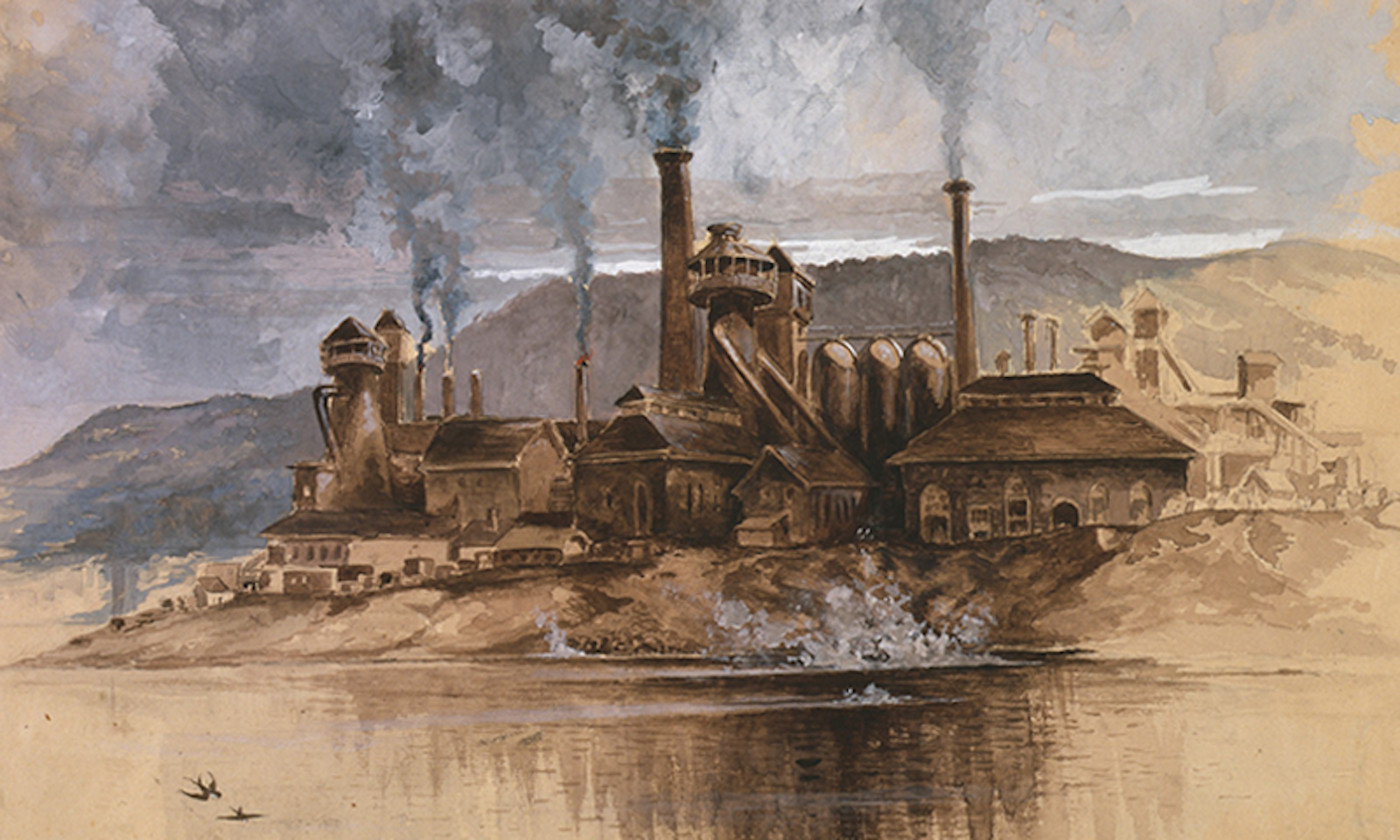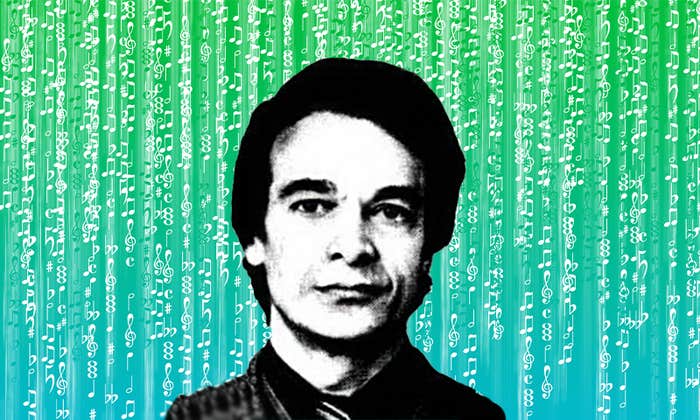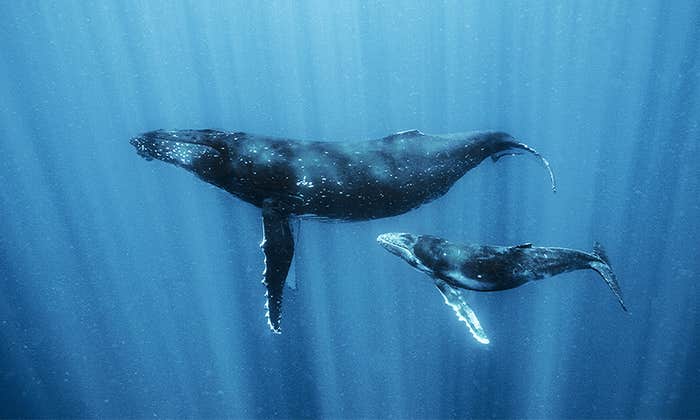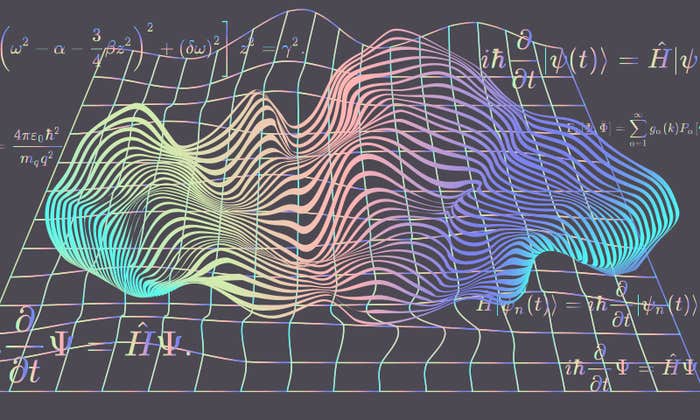On a Wednesday in February 1938, Guy Stewart Callendar—a rangy, soft-spoken steam engineer, who had turned 40 just the week before—stood before a group of leading scientists, members of the United Kingdom’s Royal Meteorological Society. He had a bold idea to share: Humans’ burning of fuel was making the planet warmer.
By Callendar’s calculations, over the past half century, humanity had added 150 billion tons of CO2 to the atmosphere, raising the average global temperature about 0.03 degrees Celsius per decade—a trend, he noted, that could accelerate.
Callendar, an engineer whose day job was concerned with steam engines and turbines, knew he was going up against mainstream scientific wisdom. As he wrote at the very beginning of the paper detailing his findings, he was well aware that few scientists “would be prepared to admit that the activities of man could have any influence upon phenomena of so vast a scale.”1 But calmly, methodically, he proceeded.
Sure enough, Callendar’s presentation immediately met skepticism. Sir George Simpson, a prominent scientist soon to head the Royal Meteorological Society, dismissed the proposed link between rising CO2 levels and temperature as “rather a coincidence.” He also implied that a non-expert could not possibly understand atmospheric processes well enough to calculate the effects of solar radiation which Callendar had asserted was being absorbed in greater quantities by increased CO2 in the atmosphere. Others pointed to alleged shortcomings such as the supposed unreliability of Callendar’s data.
Many people thought it impossible that humanity could upset a seemingly stable natural—or divinely ordained—planetary order.
Callendar lucidly answered these criticisms. By prevailing scientific standards, he truly was no expert, though. He was not a Ph.D. scientist but held a certificate from an engineering college; he analyzed climate not within a large research institution but worked alone, at the home he shared with his wife and their two young daughters. But Callendar was not entirely an outsider to rigorous scientific research. He was the son of Hugh Callendar, a distinguished British physicist called a “universal genius” by Nobel laureate Ernest Rutherford.
Hugh Callendar had studied radiation, meteorology, and many other subjects. With an improved type of thermometer he developed, he also gathered unique, widely used data about steam and steam engines. His son Guy was raised in a “household filled with books and a vast array of technical gadgets,” according to Guy’s biographer James Rodger Fleming. Guy’s scientific education accelerated when he apprenticed in his father’s lab at Imperial College London in 1922, where Guy learned to perform painstaking research. However, he did not choose academia. After his father died in 1930, he used his knowledge of steam to become a steam engineer.
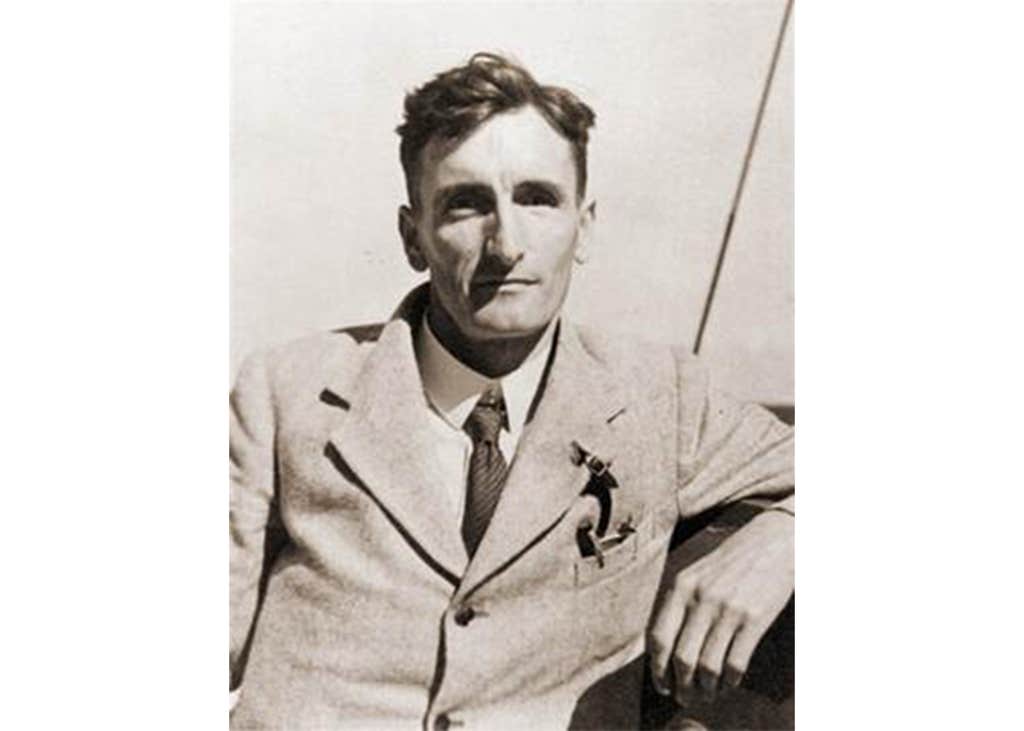
With this background, the younger Callendar had been excellently, if unusually, trained in physics and as a careful researcher. This prepared him to deeply explore the possibility that human-produced CO2 changed global temperatures, an idea hinted at but rejected in the 19th century.
In 1856, American scientist Eunice Foote had first shown that atmospheric CO2 and water vapor strongly absorb heat from sunlight.2 Later, Irish physicist John Tyndall proved that the absorption occurs at infrared wavelengths and thereby discovered the greenhouse effect. Heat from sunlight radiates from the Earth’s surface as infrared light. Before this heat escapes into space, it is absorbed by CO2 and water vapor, and the accumulated heat warms the Earth. Water vapor was thought to be more important than CO2 in this process. But in 1896, future Nobel laureate Svante Arrhenius argued that CO2 could have outsized effects. He calculated that the added CO2 from burning coal could change global temperatures, although based on current industrial production, that would take centuries.
However, Arrhenius’ calculation was unpersuasive. The science of the time did not fully understand how CO2 absorbs infrared light, and many scientists thought that added CO2 could never be a significant factor. Moreover, the calculation was purely theoretical; it was not supported by actual evidence of rising CO2 levels or world temperatures. Also many people, scientist or not, thought it impossible that humanity could upset a seemingly stable natural—or divinely ordained—planetary order. For these reasons, Arrhenius’ result was largely ignored.
Callendar knew he was going up against mainstream scientific wisdom.
Callendar, however, presented real evidence for a long-term connection between anthropogenic (that is, human-produced) atmospheric CO2 and a warming trend occurring in the present, not the far future; then he explained the trend with a scientifically sound theory. And despite his initial poor reception, he pressed on with more research to support his conclusions.
Callendar’s bold persistence in the face of a dubious scientific community was surely bolstered by confidence in his own scientific training and judgment, which he had received under his father’s tutelage.
One need was for good data. Callendar found the trends he reported by gathering far-flung reports of early measurements of atmospheric CO2 and by poring over decades of data in World Weather Records from the Smithsonian Institution, with its “mass of statistical detail, including many millions of accurate and standardized readings of temperature,” as he described in his 1938 paper. He scrupulously selected the most reliable CO2 data and chose 147 sites that gave a balanced picture of global temperatures. He laboriously mined and analyzed these datasets by hand, a precursor to what scientists now do routinely—in a digital flash—with massive collections of big data.
The second need was to explain the observed trends. Callendar used fundamental physics to model how CO2 in the atmosphere changes the temperature of the Earth’s surface. This model, also calculated by hand, was a precursor to modern computer-based (likely eventually AI-based) simulations that are essential for climate research and prediction.
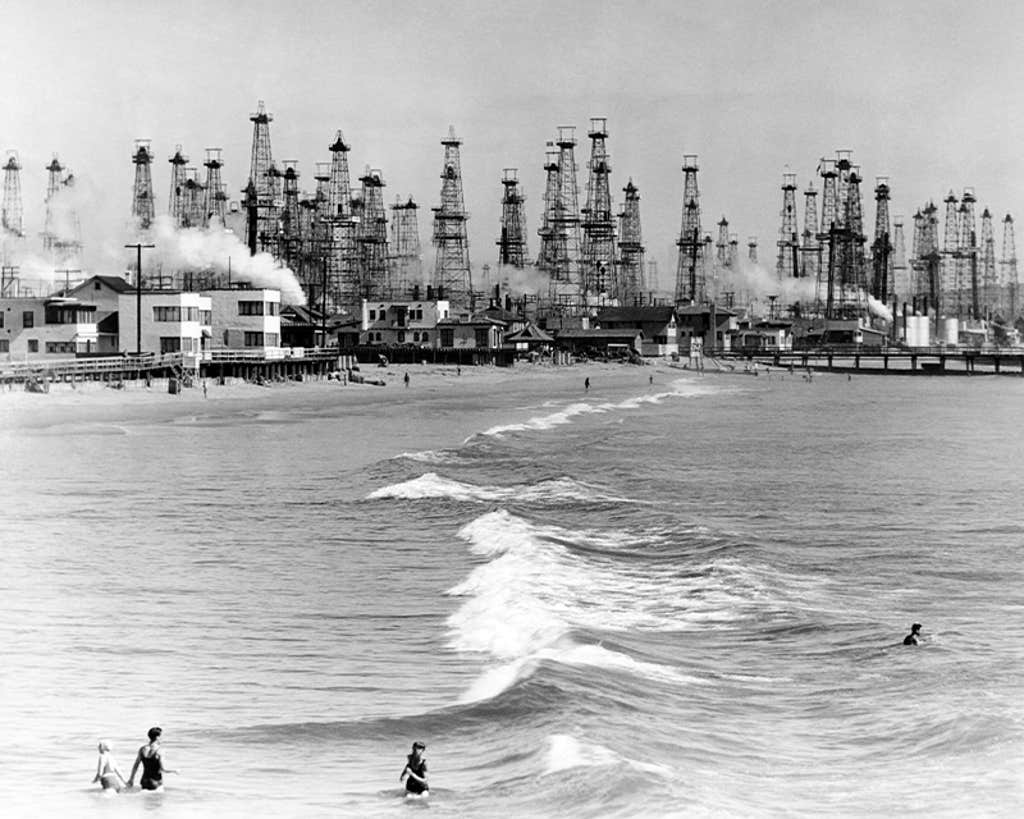
The claims in Callendar’s daring paper have been borne out in the subsequent eight decades of science. He was the first to find real evidence that the human burning of fossil fuels had already increased atmospheric CO2 (by 6 percent over that past half century)—and to determine the parallel increase in temperature over the same period. His calculations were the first analysis that demonstrated how much the rise in CO2 had actually changed temperatures. Callendar also determined that most of the human-added CO2 would not be removed by the natural cycle that transports carbon through the Earth’s systems, so he thought anthropogenic atmospheric CO2 would continue rising.
There was more. He predicted how far climate zones would shift, calculating a retreat of about 22 miles and 79 miles for polar zones in the 20th and 22nd centuries, respectively. He pinpointed a trend in the data for higher-elevation sites to warm more quickly than those closer to sea level. He accounted for increased “heat-island” effects of urban areas as they grew and developed over his study period. (So, he determined that the highest-quality readings came from isolated places like Upernivik, Greenland and Apia, Samoa.) And to further challenge his own ideas, he looked back in geological time to investigate the last ice ages and warming periods, to see if similar natural forces could be at play in his era—but could not make a plausible case for it.
Thus, Callendar concluded, “the combustion of fossil fuel, whether it be peat from the surface or oil from 10,000 feet below,” is the cause of the increase in global temperatures. Although he had solid arguments to support this, a single research paper could hardly convince a scientific community that doubted its whole premise. Nevertheless, merely putting forth what came to be called the Callendar Effect, with the questions and criticisms it evoked, propelled research by others, and by Callendar himself. In nearly three dozen later papers, he refined some of the numbers he cited in 1938 but never changed his overall claims.
By the time Callendar died in 1964, scientists had not yet widely accepted the reality of human-induced warming, although he lived to see the first signs of a shift. In 1960, Charles Keeling of the Scripps Institute of Oceanography began publishing data from the pristine air in Antarctica and later at Hawaii’s Mauna Loa volcano that clearly revealed a growing level of CO2 (he showed it at 315 parts per million in 1958; today it is 421 ppm; in the pre-industrial 19th century, it had rested around 280 ppm).3 Other evidence mounted, and a tipping point came circa 1990, when the United Nations Intergovernmental Panel on Climate Change, scientific societies, and researchers began reaching a consensus that human-caused warming is underway and would cause dire effects, as is now happening.
A single research paper could hardly convince a scientific community that doubted its whole premise.
Callendar would have been surprised to learn of these negative outcomes from the warming he had found. He had been quite confident this warming “is likely to prove beneficial to mankind.” Europe’s Little Ice Age (circa 1300-1850)—during which the average temperatures dropped some 2 degrees Celsius in the U.K., leading to crop failures, starvation, and mass death—had concluded only during his grandparents’ lifetimes. A little extra warmth, Callander posited, would not only expand the range and seasons of crops, but also, he concludes, “the return of the deadly glaciers should be delayed indefinitely.” He estimated that the planet held enough fossil fuels to multiply the amount of CO2 in the air tenfold. Only later did computer climate modeling begin to foretell the unwelcome effects from global warming.
Modern reviews show that Callendar’s work was more accurate and prescient than its critics. In 2013, the 75th anniversary of the 1938 paper, and again in 2021, the temperatures Callendar cited for 1880 to 1935 were shown to agree well with new, more comprehensive data. Another paper in 2016 examined the pioneering temperature calculations by Arrhenius and Callendar.4 Callendar was judged to have used better data and a more realistic atmospheric model, but like Arrhenius, he underestimated the growth rate for atmospheric greenhouse gasses. Correcting for this, the authors found that Callendar’s approach, projected 62 years forward to 2000, predicts a global temperature rise of 0.52 degrees Celsius, very close to the measured value of 0.6 degrees Celsius. These reviews call Callendar’s work “meticulous” and “remarkable,” and note that the physics he used is still the core of modern climate models.
Callendar’s 1938 paper has now been so heavily referenced that it has become a classic, but it was hardly cited at all during Callendar’s lifetime. According to Callendar’s biography, he felt some frustration over his lack of recognition. In 1960, listing reasons for the unpopularity of the Callendar Effect among leading climate scientists, he put the last reason as, “They did not think of it themselves!” Such feelings, however, had not kept Callendar from steadfastly continuing to make his case.
When Guy Callendar stood before the Royal Meteorological Society in 1938, he began a revolution in thinking about humanity’s effects on its own planet—one that is ongoing. Other scientists eventually joined, but it was Callendar who kept the revolution alive for decades. Described as a balanced and unassuming person, devoted to work and family, he likely never would have called himself a rabble rouser. Today, at last, we clearly hear and appreciate that quiet voice. ![]()
Lead image: Everett Collection / Shutterstock
References
1. Callendar, G.S. The artificial production of carbon dioxide and its influence on temperature. Quarterly Journal of Royal Meteorological Society 64, 223-240 (1938).
2. Foote, E. Circumstances affecting the heat of sun’s rays. American Journal of Art and Science 22, 382-383 (1856).
3. Keeling, C.D. The concentration and isotopic abundances of carbon dioxide in the atmosphere. Tellus 12, 121-241 (1960).
4. Anderson, T.R., Hawkins, E., & Jones, P.D. CO2, the greenhouse effect and global warming: From the pioneering work of Arrhenius and Callendar to today’s Earth system models. Endeavour 40, 178-187 (2016).















